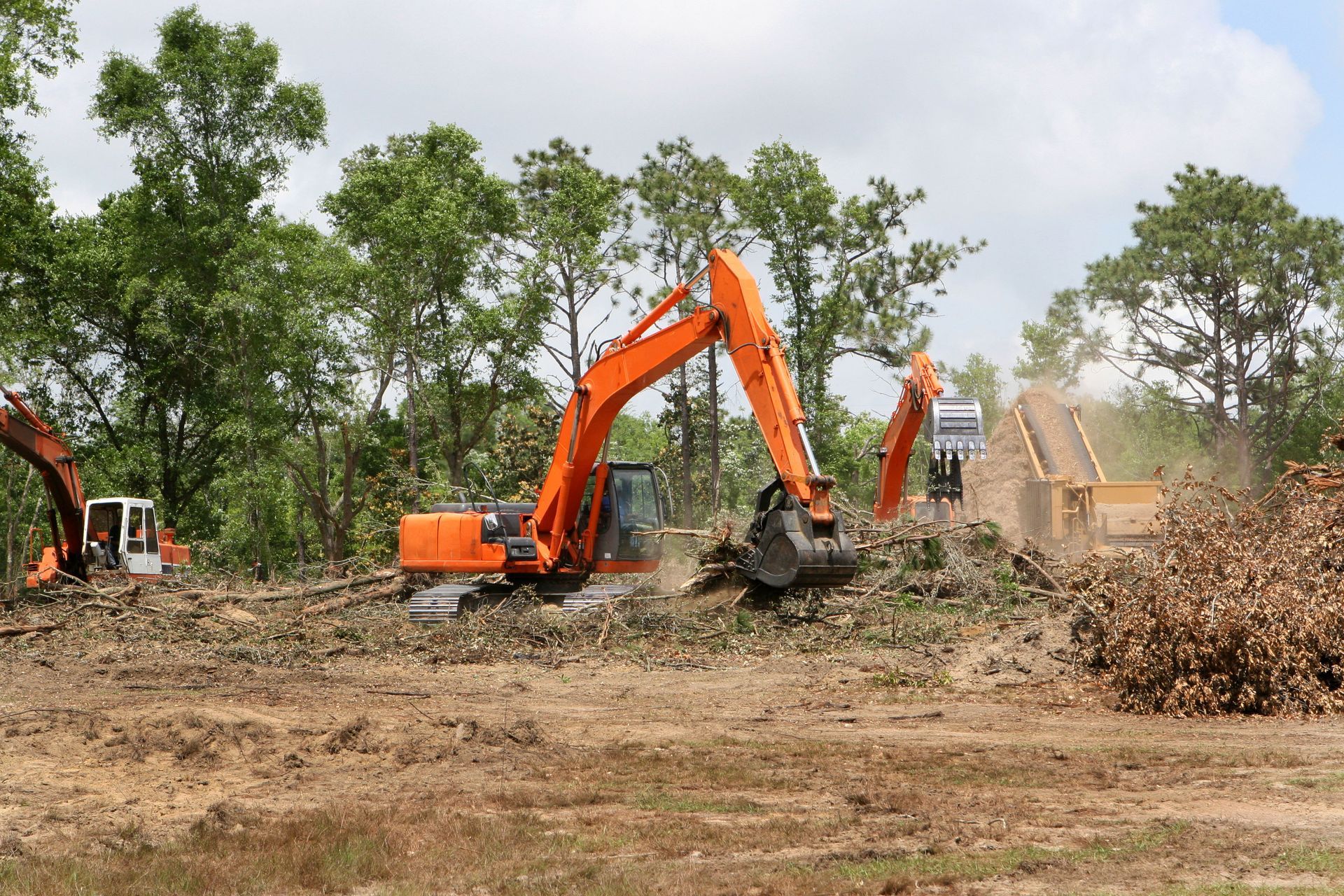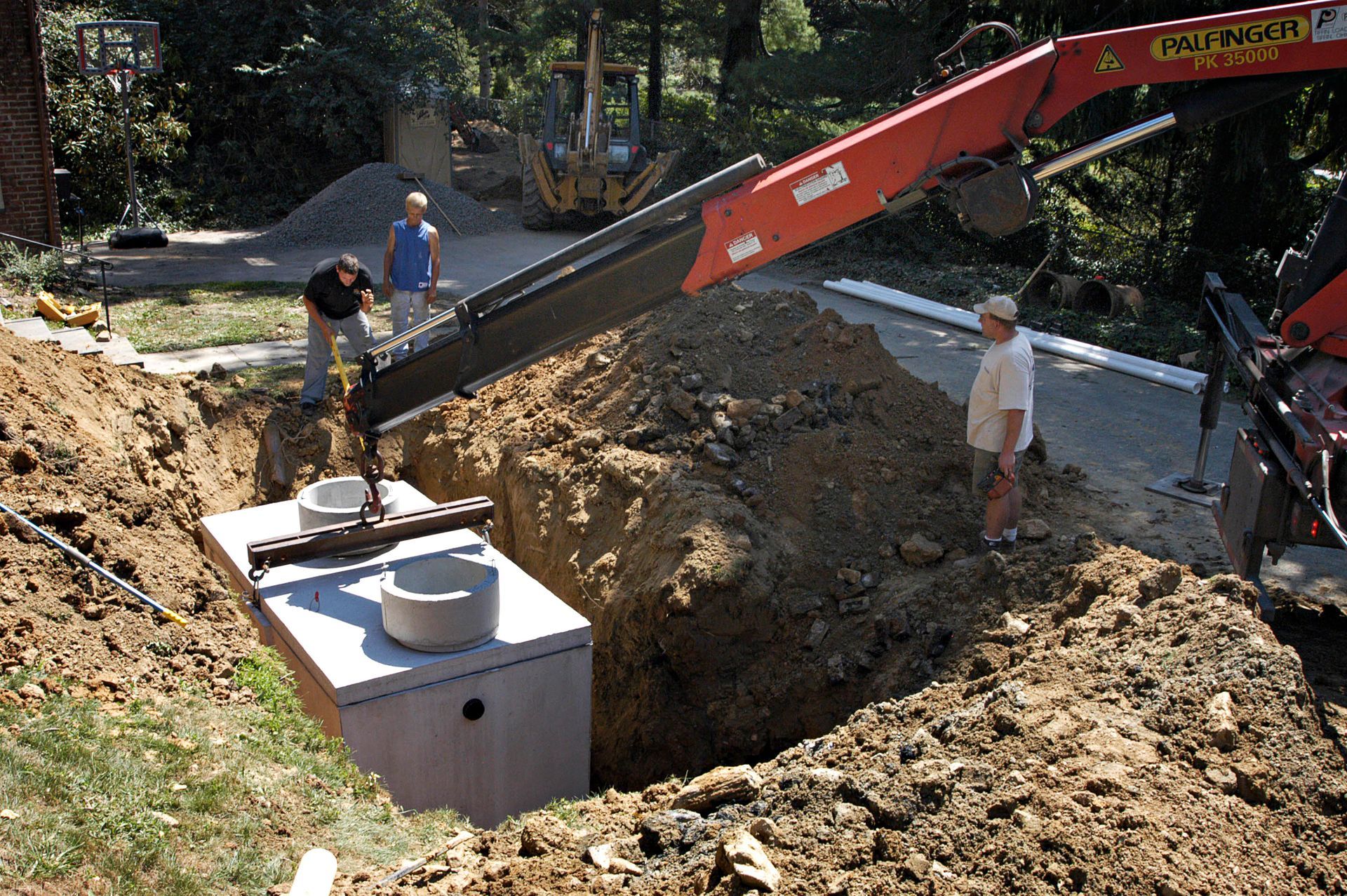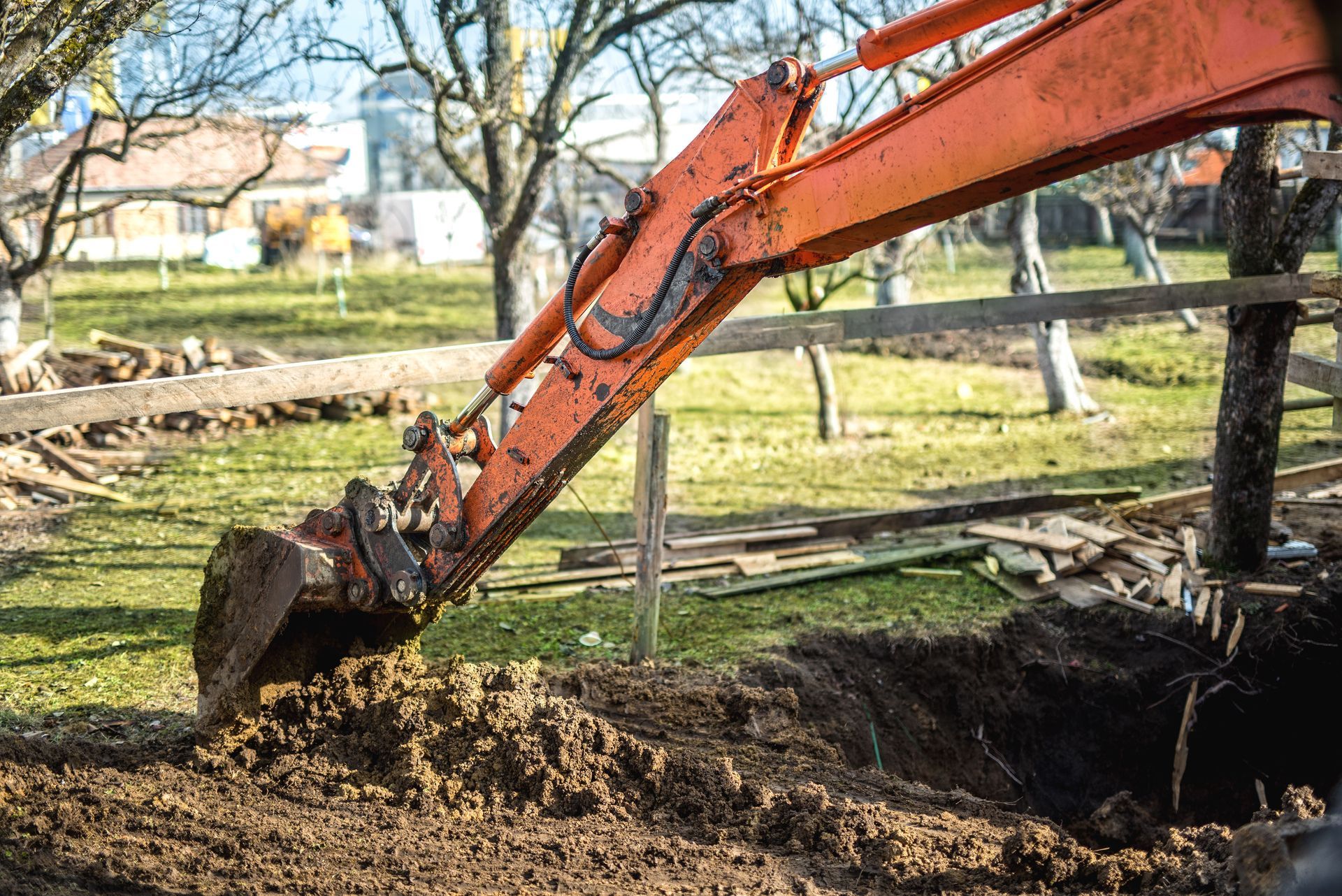Excavation Safety 5 Reasons for the Importance of Soil Classification
Understanding soil classification is critical for ensuring safety in excavation activities. This article explores the various reasons why accurate soil classification is indispensable in construction and excavation projects. Accurate soil classification can aid in choosing the correct techniques for excavation and in ensuring the structural integrity of the construction project. Without proper soil classification, project managers might face unforeseen challenges, leading to delays and accidents. Therefore, discussing the critical aspects of soil classification is vital for anyone involved in excavation and construction projects.
1. Understanding Soil Types and Their Characteristics
Soil types vary significantly due to differences in their composition, structure, and compaction. Cohesive soils, for example, contain fine particles and exhibit plasticity, which makes them hold together well but also susceptible to expansion and contraction. Granular soils, on the other hand, are made up of coarse particles and have lower cohesion, impacting their load-bearing capacities. Recognizing these differences is essential for determining the appropriate excavation methods. This complexity requires a deep understanding, which underlines the importance of competent personnel, as per OSHA regulations.
The impact of soil compaction on excavation safety and project outcomes cannot be overstated. Compaction affects soil stability and its ability to support structures. Under-compacted soil can lead to foundation failure, while over-compaction can increase construction costs. Understanding the right level of compaction is part of soil classification and crucial for safe excavation practices. Proper compaction methods must be considered during the planning phase to avoid complications during construction.
Moisture content heavily influences soil stability, which plays a crucial role in excavation safety. High moisture levels can weaken the soil's structural integrity, increasing the risk of collapse. The identification of soil layers is critical in effective soil classification, as different layers respond differently to excavation stress. According to Urbint, OSHA outlines three classifications—Type A, Type B, and Type C—representing varying degrees of soil stability. This classification informs the protective measures needed to prevent trench collapses and other excavation-related incidents.
2. Prevention of Trench Collapses
Trench collapses are one of the primary hazards in excavation projects, causing numerous injuries and fatalities annually. The causes of trench collapses can range from soil instability and poor planning to inadequate protective systems. Identifying these causes through proper soil classification is essential in the initial stages of any excavation project. By understanding the specific type of soil, as classified by OSHA's competent person, project managers can implement preventive measures. These measures significantly reduce the probability of trench collapses, safeguarding workers' lives.
Soil classification is a critical component of preventive measures against trench collapses. By accurately categorizing soil, workers can anticipate and mitigate potential risks associated with different soil types. The competent person—defined by OSHA as a qualified and experienced individual—plays a vital role in soil classification. Their expertise ensures that the appropriate safety measures are implemented, aligning with OSHA's guidelines for trench safety. This proactive approach is essential in maintaining a safe work environment during excavation.
The role of protective systems is fundamental in trench safety. Once the soil type is classified, the appropriate protective systems, such as shoring, shielding, or benching, can be employed. Monitoring excavation sites for changes in soil conditions is another key aspect of preventing trench collapses. Continuous assessment allows for immediate adjustments to safety measures, responding to any shifts in environmental conditions. Training and awareness programs are equally important, ensuring that all workers understand the risks and safety protocols associated with excavation.
3. Enhancing Worker Safety
Worker safety is paramount in any construction or excavation site, and soil classification directly contributes to this goal. Personal Protective Equipment (PPE) is crucial, but it cannot replace the knowledge and precautions required for safe excavation. Proper soil analysis informs the choice of PPE and highlights the necessary safety measures. By understanding the soil's characteristics, workers can be better prepared for potential hazards. This preparation minimizes risks and enhances overall safety on the worksite.
Implementing safety protocols and best practices is essential for maintaining a safe excavation site. These protocols are informed by accurate soil classification and include guidelines for safe trenching and excavation. They also establish procedures for emergency response preparation, an often-overlooked component of excavation safety. Even with proper planning, unexpected events can occur, making it essential to have a clear emergency plan in place. Continuous safety training ensures that all workers are familiar with these protocols and can respond appropriately in emergency situations.
Soil analysis plays a critical role in safety plans, as it determines the specific measures needed to protect workers. Employers must ensure compliance with OSHA and international safety standards, which often include provisions for soil classification. In addition to enhancing safety, this compliance reduces legal risks associated with excavation. Continuous safety training reinforces the importance of following safety protocols and staying informed about the latest industry standards. This commitment to safety ultimately creates a safer, more productive work environment.
4. Complying with Regulatory Standards
Compliance with regulatory standards is a non-negotiable aspect of any excavation project. OSHA's guidelines for soil classification are designed to ensure the safety of workers and the integrity of construction sites. These regulations require the identification of soil types as part of the safety planning process. Failure to comply with these regulations can have severe consequences, both legally and operationally. Understanding and adhering to these standards is crucial for maintaining legal compliance and protecting workers.
International safety standards also emphasize the importance of soil classification in excavation safety. Different countries may have varying regulations, but the fundamental principles remain the same: accurate soil classification is essential. Legal implications of misclassification can range from fines and project delays to more severe penalties in the event of accidents. Employers must ensure that all documentation related to soil classification and safety measures is accurate and complete. Regular audits and inspections help verify compliance and identify areas for improvement.
Reporting and documentation are critical for regulatory compliance and for tracking the success of safety measures. Proper documentation helps demonstrate adherence to OSHA and international standards, serving as evidence in the event of legal scrutiny. Audits and inspections ensure that safety protocols are followed and that any issues are addressed promptly. This oversight contributes to a culture of safety and accountability, minimizing risks and enhancing project outcomes. By prioritizing compliance, organizations can protect their workers and their investments.
5. Economic Impacts of Soil Classification
The economic impacts of soil classification extend beyond safety, influencing project costs and timelines. Accurate soil classification leads to cost savings by informing efficient resource allocation and avoiding unnecessary expenses. Misclassification can result in unexpected challenges, leading to costly project delays and additional work. By properly categorizing soil, project managers can anticipate potential issues and plan accordingly. This proactive approach reduces financial risk and contributes to project success.
Avoiding project delays is another economic benefit of accurate soil classification. Delays can have a cascading effect, impacting not only immediate costs but also the project's overall timeline. Proper soil analysis allows for efficient planning and execution, minimizing disruptions. Risk management and liability reduction are also significant economic factors. By understanding soil characteristics, potential risks can be mitigated, reducing the likelihood of accidents and associated legal and financial liabilities.
Soil classification plays a pivotal role in excavation safety, offering several benefits from enhanced worker safety to economic savings. By understanding and implementing accurate soil classification, organizations can prevent accidents, comply with regulations, and contribute to sustainable development practices. The multifaceted benefits of proper soil classification make it an essential component of excavation planning and execution. As projects become increasingly complex and environmentally conscious, the importance of soil classification will continue to grow. Emphasizing its significance ensures safer, more successful, and more sustainable excavation activities. Be sure to reach out to Katz Excavating & Construction LLC today for more information on our professional excavation contractors!




Share On: